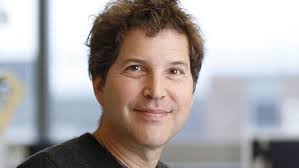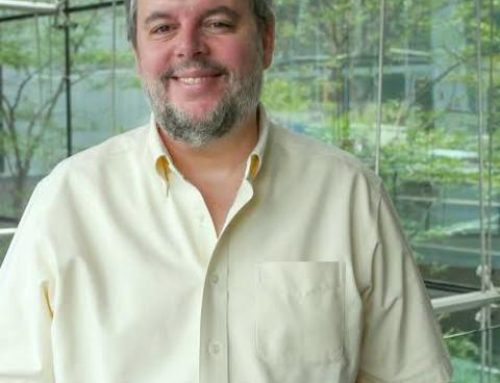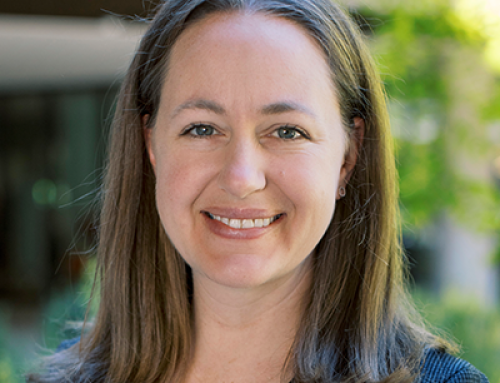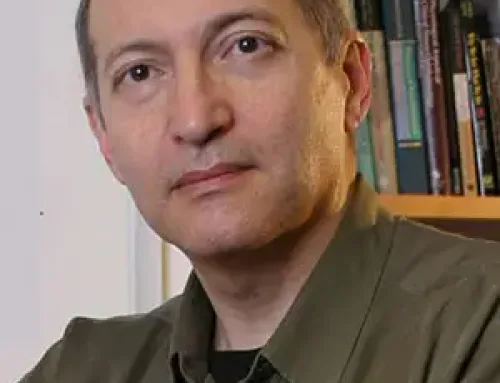
Friday Lectures
Friday, January 11, 2018 3:45 p.m
Caspary Auditorium
David Baker Ph.D.
Professor of Biochemistry and Director of the Institute for Protein Design
University of Washington
The Coming of Age of De Novo Protein Design
Recommended Readings:
Science News
Scientists program proteins to pair exactly. December 19, 2018. Science Daily
Empirical Articles
Shen, Hao; Fallas, Jorge A.; Lynch, Eric; et al. (2018). De novo design of self-assembling helical protein filaments. SCIENCE. 362 (6415): 705-709
Marcos, Enrique; Chidyausiku, Tamuka M.; McShan, Andrew C.; et al. (2018). De novo design of a non-local beta-sheet protein with high stability and accuracy. NATURE STRUCTURAL AND MOLECULAR BIOLOGY. 25 (11): 1028-1030
Dou, Jiayi; Vorobieva, Anastassia A.; Sheffler, William; et al. (2018). De novo design of a fluorescence-activating beta-barrel. NATURE. 561 (7724): 485-+
Lu, Peilong; Min, Duyoung; DiMaio, Frank; et al. (2018). Accurate computational design of multipass transmembrane proteins. SCIENCE. 359 (6379): 1042-1046
Hosseinzadeh, Parisa; Bhardwaj, Gaurav; Mulligan, Vikram Khipple; et al. (2017). Comprehensive computational design of ordered peptide macrocycles. SCIENCE. 358 (6369): 1461-1466
Review Paper
Huang, Po-Ssu; Boyken, Scott E.; Baker, David. (2016). The coming of age of de novo protein design. NATURE. 537 (7620): 320-327
Fleishman, Sarel J.; Baker, David. (2012). Role of the Biomolecular Energy Gap in Protein Design, Structure, and Evolution. CELL. 149 (2): 262-273
Book Chapter
Thyme, Summer; Baker, David. (2014). Redesigning the Specificity of Protein-DNA Interactions with Rosetta. HOMING ENDONUCLEASES: METHODS AND PROTOCOLS. 1123: 265-282
Whitehead, Timothy A.; Baker, David; Fleishman, Sarel J. (2013). Computational Design of Novel Protein Binders and Experimental Affinity Maturation. METHODS IN PROTEIN DESIGN. 523: 1-19
Leaver-Fay, Andrew; Tyka, Michael; Lewis, Steven M.; et al. (2011). Rosetta3: An Object-Oriented Software Suite for the Simulation and Design of Macromolecules. METHODS IN ENZYMOLOGY. 487: 545-574





